Scats and Tracks of the Desert Southwest
To Diann, my alpha partner, ursophile, and tracking friend, for all her loving support and help
An imprint of Rowman & Littlefield
Falcon, FalconGuides, and Outfit Your Mind are registered trademarks of Rowman & Littlefield.
Distributed by NATIONAL BOOK NETWORK
Copyright 2015 by Rowman & Littlefield
A previous edition of this book was published by Globe Pequot Press in 2000.
Illustrations by Todd Telander
All rights reserved. No part of this book may be reproduced in any form or by any electronic or mechanical means, including information storage and retrieval systems, without written permission from the publisher, except by a reviewer who may quote passages in a review.
British Library Cataloguing-in-Publication Information Available
Library of Congress Cataloging-in-Publication Data
Halfpenny, James C.
Scats and tracks of the desert Southwest : a field guide to the signs of 70 wildlife species / James C. Halfpenny, PhD ; illustrated by Todd Telander. Second edition.
pages cm
Includes bibliographical references and index.
ISBN 978-1-4930-0993-0 (pbk.) ISBN 978-1-4930-1514-6 (e-book) 1. Animal tracksSouthwest, New. 2. Animal droppingsSouthwest, New. I. Title.
QL768.H354 2015
596.0979dc23
2015018279
 The paper used in this publication meets the minimum requirements of American National Standard for Information SciencesPermanence of Paper for Printed Library Materials, ANSI/NISO Z39.48-1992.
The paper used in this publication meets the minimum requirements of American National Standard for Information SciencesPermanence of Paper for Printed Library Materials, ANSI/NISO Z39.48-1992.
The author and Rowman & Littlefield assume no liability for accidents happening to, or injuries sustained by, readers who engage in the activities described in this book.
CAUTION
Outdoor recreational activities are by their very nature potentially hazardous. All participants in such activities must assume responsibility for their own actions and safety. The information contained in this guidebook cannot replace sound judgment and good decision-making skills, which help reduce exposure, nor does the scope of this book allow for the disclosure of all the potential hazards and risks involved in such activities. Learn as much as possible about the outdoor recreational activities in which you participate, prepare for the unexpected, and be cautious. The reward will be a safer and more enjoyable experience.
Acknowledgments
First and foremost, I wish to thank all my students for their years of questions and help, but most of all for the time weve shared tracking and studying in the field. I also wish to thank Don Clark, Deborah Cowman, Lee Fitzhugh, the Murie Museum, Lance Peck, Harley Shaw, Phil Yanimoto, and the Teton Science School.
Introduction
By the late 1970s, the era of watchable wildlife had arrived in the United States. Baby boomers wanted to turn to and experience the outdoors. Television brought wildlife closer than ever. Birding thrived. Today, more than ever, millions of people want to watch wild animals. Wildlife is not always easy to find and observe, though. Finding animal tracks and signs is an exciting alternative to seeing the animals themselves. Trackable wildlife adds another dimension to the outdoor experience. Todd and I wish to share that dimensionthe joy of reading stories written in the soil and snow.
Upwards of ten books on tracking were written in the United States during each decade of the twentieth century, and that trend continues in the twenty-first century. Most of these books are general, covering the United States or all of North America. In Scats and Tracks of the Desert Southwest, we focus on one biogeographic region, with details about the regions most common or characteristic species of mammals, birds, reptiles, and amphibians. (We have included a few rare species because of their particular interest or significance in a region.) Weve intentionally limited the number of species covered in order to keep the information manageable. This guide is small, allowing you to carry it in a pack or pocket and use it frequently.
As your knowledge and interest in tracking grows, you may want to find additional information and help. Key references are listed in Selected Reading. For a more detailed investigation of tracking, I recommend my book A Field Guide to Mammal Tracking in North America (1986), and titles by Mark Elbroch, Louis Liebenberg, Jim Lowery, David Moskowitz, Olaus Murie, L. R. Forrest, and Paul Rezendes.
Our organization provides interactive access to expand your tracking background. A Naturalists World (ANW) is an ecologically oriented company dedicated to providing educational programs and materials that reflect the natural history of North America. Diann Thompson and I run the daily business, teach classes, and lead programs. Our on-site classes provide hands-on experience and in-depth information about animals, their tracks, and the ecology of their environments. In addition to tracking classes, our field programs cover bears, wolves, winter ecology, the northern lights, and alpine ecology. ANW also provides books, videos, slide shows, and computer programs for self-study and as teaching and field aids. Class schedules, product information, and information about ANW can be obtained from PO Box 989, Gardiner, MT 59030; (406) 848-9458; www.tracknature.com. For forensic tracking help, go to our subsidiary, TrackSceneInvestigations.com.
Keep on tracking!
James C. Halfpenny
About Tracking
Tracking is for everyone, beginner and expert, young and old. The fun of natures challenge is solving the mystery written in the trail. Prepare yourself by learning the background and basics of tracking before exercising your skills in the field.
Field Notes and Preserving Tracks
To the natural history detective, the track and trail are things of great beauty and significance. They tell part of the story of an animals life. Tracks and trails deserve to be preserved, both to increase your knowledge and as a record you can share with others. Preservation is commonly made in the form of written notes, casts, or photographs.


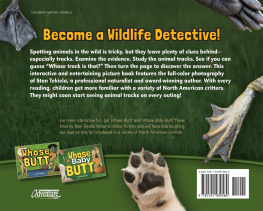
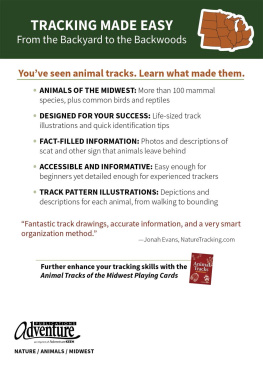
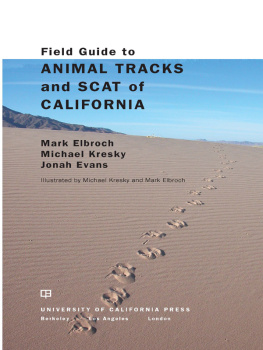
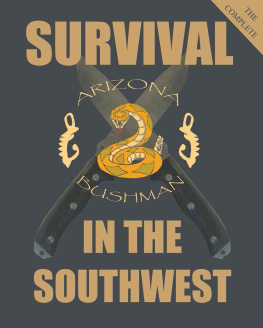
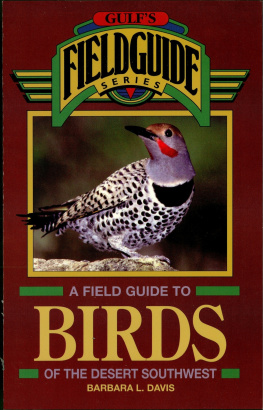










 The paper used in this publication meets the minimum requirements of American National Standard for Information SciencesPermanence of Paper for Printed Library Materials, ANSI/NISO Z39.48-1992.
The paper used in this publication meets the minimum requirements of American National Standard for Information SciencesPermanence of Paper for Printed Library Materials, ANSI/NISO Z39.48-1992.